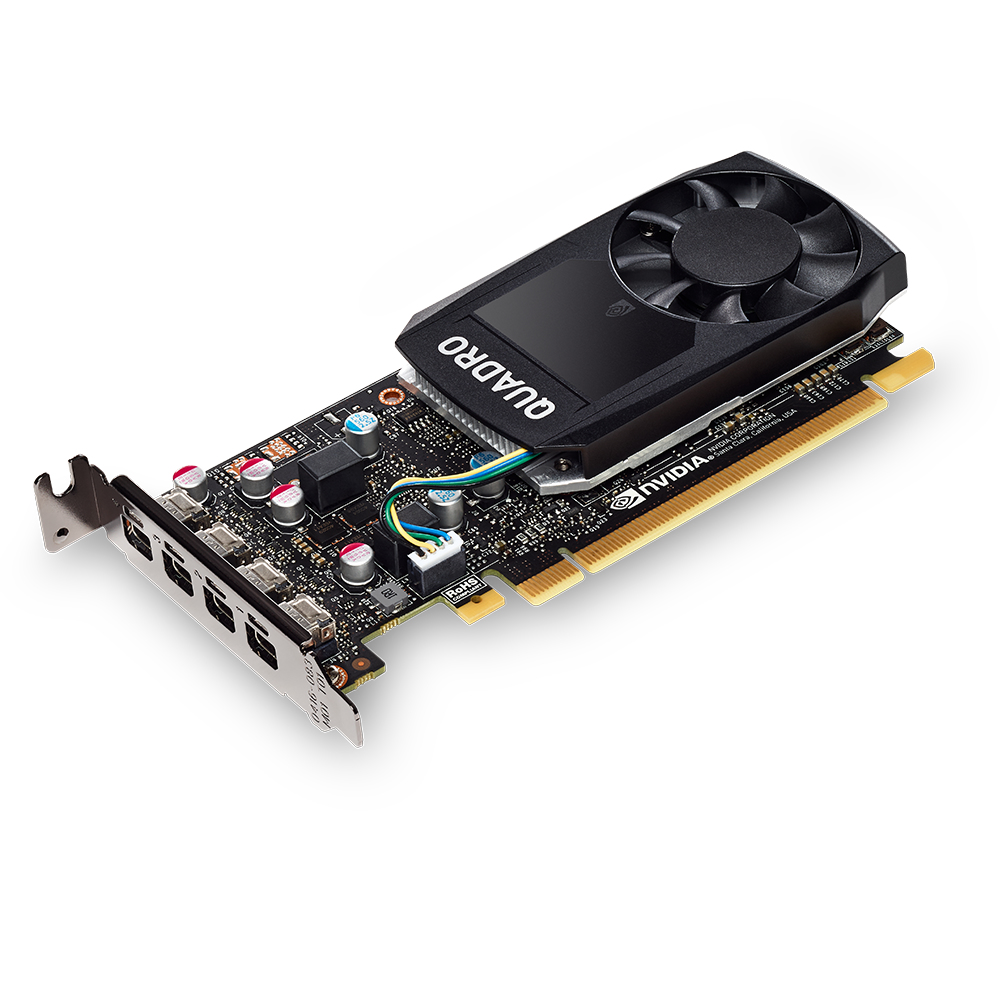

The next benchmark we will be looking at is the SPECviewperf 12, the worldwide standard for measuring graphics performance based on professional applications. The M2000 had significantly lower results with 273.51 FPS and 160.51 FPS, respectively. This was noticeably better than the P1000, which posted an average of 342.25 FPS and minimum FPS of 187.16 FPS. In average FPS, the P2000 posted an average of 460.94 FPS, while showing a minimum FPS of 202.78. The P1000 recorded a moderately better score of 6.412 seconds. Looking at drawtime, the P2000 measured in at 6.492 seconds, which was just slightly higher than the older generation M2000 (which posted 6.262 seconds). Nonetheless, we will be using a benchmark that looks at several aspects of the ESRI ArcGIS program specifically the average of the drawtime, average frames per second (Average FPS), and minimum frames per second (Minimum FPS). 5GB GDDR5) and a less powerful interface memory (128-bit vs. As far as specifications go, these cards have less memory than the P2000 (4GB GDDR5 vs. To see what the NVIDIA Quadro P2000 is capable of in the way of performance, we installed the card inside our HP Z640 desktop workstation and put it through several graphics benchmarks while comparing to the nearest similar-class GPUs in the lab: the NVIDIA M2000 and P1000. NVIDIA MOSAIC: Yes (Windows 10, 8.1, 8, 7, and Linux).Compute APIs: CUDA, DirectCompute, OpenCL.Graphics APIs: Shader Model 5.1, OpenGL 4.5, DirectX 12.0, Vulkan 1.0.Maximum DVI-D SL Resolution: 1920 x 1200 at 60Hz via included adapter.Maximum DVI-D DL Resolution: 2560 x 1600 at 60Hz via 3rd party adapter.5K Display Support: HDR 5120 x 2880 at 60Hz (30-bit color).Maximum DP 1.4 Resolution: HDR 5120 x 2880 at 60Hz (30-bit color).DVI-D Single-Link Connector: Via included adapter.Form Factor: 4.40” H x 7.90” L, Single Slot.Thermal Solution: Ultra-quiet active fansink.Peak Single Precision FP32 Performance: 3.0 TFLOPS.It features the line’s usual 4x mini-DisplayPorts and supports HDMI and VGA connections through adaptors.īacked by a 3-year warranty, the P2000 goes for roughly $425. The Quadro P2000 measures in at 4.4” H x 7.9” L and uses a single slot via the PCI Express 3.0 x16 interface. It also features 1024 CUDA Cores, 5GB GDDR5 memory, and the ability to support up to four 5K (5120 x 2880 at 60Hz) displays natively. Like all graphic cards from this line, the P2000 is based on the Pascal GPU architecture. Touted as the perfect balance of performance and features, this compact form factor GPU offers the power needed for creative professionals who work with intensive 3D applications. The P2000 offers much of the same, lying somewhere in between those two cards in the performance spectrum. We previously reviewed the NVIDIA Quadro P1000 and P4000 GPUs, and though they certainly aren’t nearly as powerful as the company’s highest-end workstation GPUs, both of these cards performed well enough to suit most general professional use cases–and at a very affordable to boot.


 0 kommentar(er)
0 kommentar(er)
